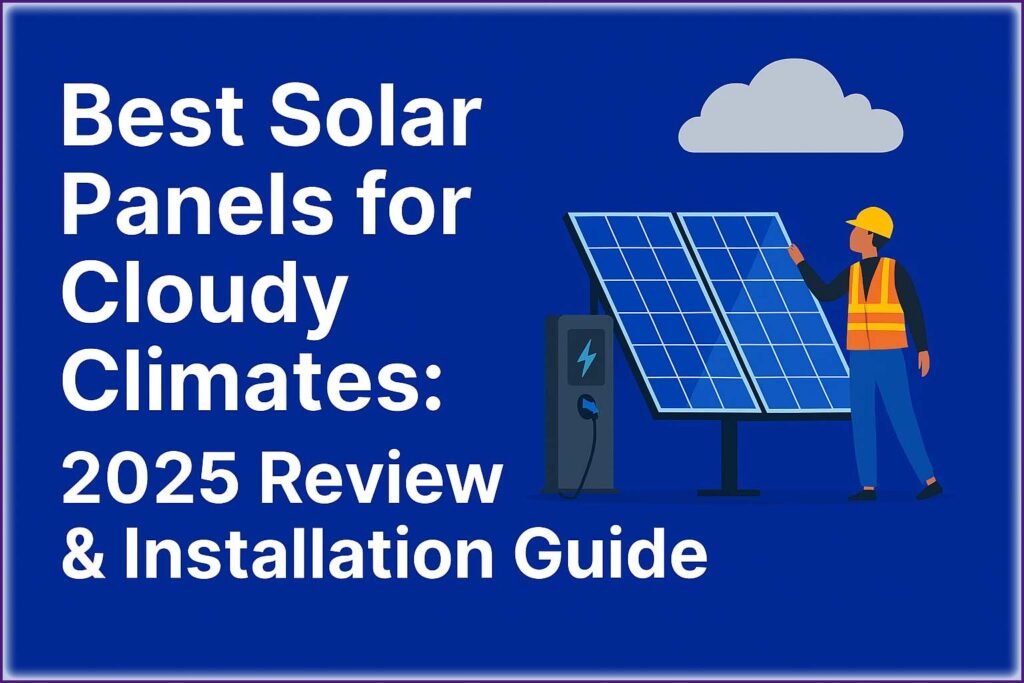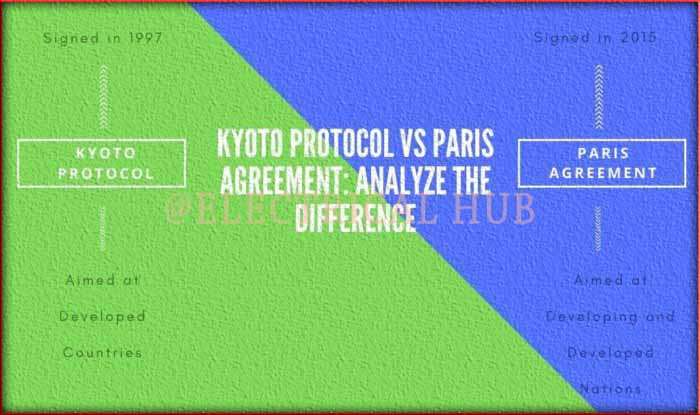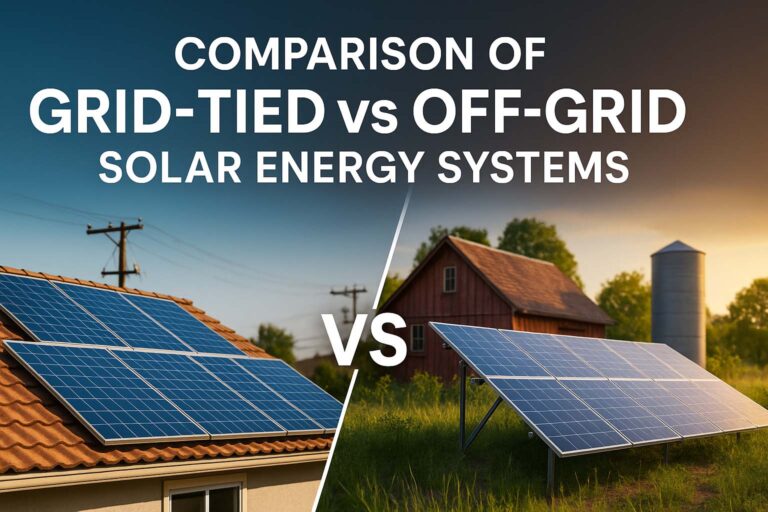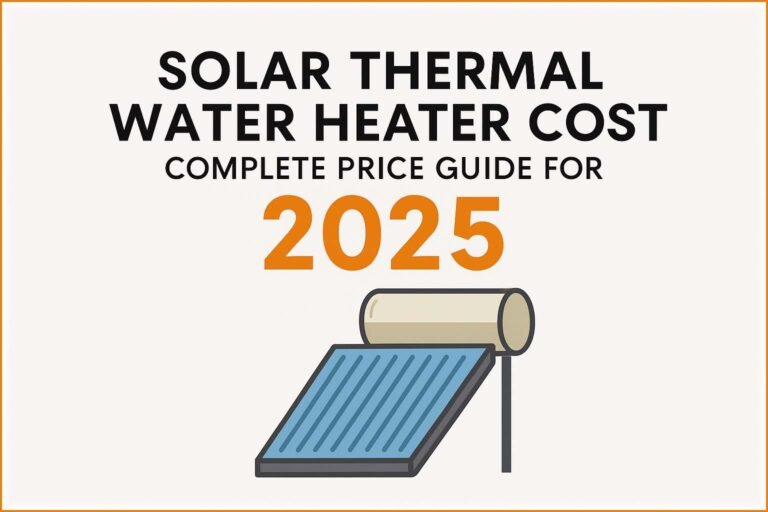Best Solar Panels for Cloudy Climates: 2025 Review & Installation Guide
Many people think solar panels only work well under bright sunshine. But that’s not true. Modern solar technology has evolved rapidly, making it possible to generate clean energy even when the sky is grey. If you live in areas like the Pacific Northwest, the UK, or Northern Europe, you can still enjoy great solar performance — as long as you pick the best solar panels for cloudy climates.
Table of Contents
Table of Contents

In this guide, we’ll review the top-performing solar panels for overcast weather, explain how they work in low light, and share expert installation tips for maximizing output all year round. Whether you’re a homeowner or a business owner, this article will help you make a smart, long-term solar investment.
Key Takeaways
- The best solar panels for cloudy climates use monocrystalline or heterojunction (HJT) technology for better low-light efficiency.
- Premium brands like SunPower, REC, and Panasonic lead the market in cloudy-weather performance.
- Installation angle, inverter selection, and maintenance play a huge role in maximizing energy on overcast days.
- Even in cloudy regions, solar panels can produce 70–90% of their rated power annually.
Understanding Solar Power in Cloudy Weather
Solar panels rely on sunlight, not necessarily direct sunlight. That’s an important distinction. Even on cloudy or rainy days, diffused sunlight passes through clouds and reaches your solar panels. The only difference is that the intensity drops — typically to 10–25% of a sunny day’s light levels.
However, modern panels with high-efficiency cells, anti-reflective coatings, and bifacial designs can still convert this light into usable energy effectively. Technologies like PERC (Passivated Emitter Rear Cell) and HJT (Heterojunction) make panels more responsive to diffused light.
In simple terms, the right solar panels can perform surprisingly well, even in less-than-perfect weather.
Use our online tool Wire Size Calculator for Solar Panels – Avoid Power Loss in Off-Grid and Hybrid Systems
Top 5 Best Solar Panels for Cloudy Climates (2025 Review)
Below is a carefully researched comparison of the best solar panels for cloudy climates available in 2025. We’ve ranked them based on real-world low-light performance, efficiency, warranty, and long-term reliability.
| Rank | Solar Panel Brand & Model | Efficiency (%) | Low-Light Performance | Warranty | Type |
|---|---|---|---|---|---|
| 1 | SunPower Maxeon 7 AC | 22.8% | Excellent | 40 Years | Monocrystalline |
| 2 | REC Alpha Pure-R | 22.3% | Excellent | 25 Years | HJT |
| 3 | Panasonic EverVolt HK Black | 21.8% | Very Good | 25 Years | HJT |
| 4 | Canadian Solar HiHero 445H-AG | 21.5% | Very Good | 25 Years | N-type TOPCon |
| 5 | Qcells Q.TRON BLK M-G2+ | 21.1% | Good | 25 Years | Monocrystalline |
These models deliver the best results in cloudy regions because of their advanced light-capturing abilities and low temperature coefficients. Let’s look at each one in more detail.
1. SunPower Maxeon 7 AC – The Top Performer
SunPower remains the gold standard in solar efficiency. The Maxeon 7 AC combines a high-efficiency monocrystalline cell design with integrated microinverters that boost energy yield on cloudy days. Its copper foundation cells prevent cracking and energy loss even in harsh weather.
- Efficiency: 22.8%
- Warranty: 40 years (industry-leading)
- Why it’s best: Outstanding low-light response and microinverter optimization.
- Ideal for: Homes in areas with frequent overcast skies or partial shading.
2. REC Alpha Pure-R – Low-Light Champion
The REC Alpha Pure-R is engineered with HJT cells, which perform exceptionally under diffused light. It also has gapless cell connections that increase surface area, allowing more light absorption.
- Efficiency: 22.3%
- Warranty: 25 years product and performance
- Why it’s best: Consistent power output during morning, evening, and cloudy conditions.
- Ideal for: Cloudy coastal regions like Seattle or Northern England.
Know more about Floating Solar Panel Systems Design & Cost Analysis
3. Panasonic EverVolt HK Black – Reliable in Overcast Conditions
Panasonic’s HJT technology combines thin amorphous and crystalline silicon layers for high conversion efficiency even when sunlight is weak. These panels also have a low degradation rate, maintaining more than 92% of capacity after 25 years.
- Efficiency: 21.8%
- Warranty: 25 years
- Why it’s best: Excellent temperature performance and sleek black design.
- Ideal for: Regions with mixed cloudy and sunny weather, such as the Northeast U.S. or Germany.
4. Canadian Solar HiHero 445H-AG – Affordable Efficiency
Canadian Solar’s HiHero series uses TOPCon technology, improving low-light capture and offering a great price-performance ratio. It’s one of the most budget-friendly options among high-end panels.
- Efficiency: 21.5%
- Warranty: 25 years
- Why it’s best: Affordable yet powerful for low-sunlight conditions.
- Ideal for: Homeowners seeking value and durability in cloudy regions.
5. Qcells Q.TRON BLK M-G2+ – Durable and Efficient
Qcells offers dependable performance even in suboptimal weather. The Q.TRON BLK M-G2+ features anti-reflective coatings and advanced PERC technology to enhance performance during overcast hours.
- Efficiency: 21.1%
- Warranty: 25 years
- Why it’s best: Strong resistance to degradation and shade tolerance.
- Ideal for: Residential systems in cooler, cloudy climates.
Know more about Off-Grid Solar System Design Guide for Remote Areas
How Cloudy Weather Affects Solar Production
While solar output does drop on cloudy days, it doesn’t stop entirely. Here’s a simple view of what you can expect from the best solar panels for cloudy climates:
| Weather Condition | Average Power Output (%) |
|---|---|
| Clear sunny day | 100% |
| Partly cloudy | 60–80% |
| Overcast | 40–60% |
| Rainy | 10–25% |
Interestingly, cooler temperatures during cloudy days can actually increase panel efficiency, since solar cells perform better in moderate conditions than in extreme heat.
Important Features to Look for in Cloudy-Weather Solar Panels
Choosing the right panel type is essential. When evaluating panels for cloudy areas, consider the following:
1. Cell Type – Go for monocrystalline or HJT cells. These perform better in low light than polycrystalline panels.
2. Anti-Reflective Coating – Enhances light capture and minimizes energy loss.
3. Low Temperature Coefficient – Ensures stable output in cool, cloudy weather.
4. Bifacial Design (Optional) – Generates energy from both sides, useful if you have reflective surfaces like snow or light concrete nearby.
5. Long Warranty – Indicates reliability in variable weather conditions.
Installation Tips for Cloudy Regions
Installing solar panels correctly is just as important as choosing the right model. To get the most from your investment, follow these recommendations:
1. Optimize the Tilt Angle
A slightly steeper tilt (5–10° more than your latitude) helps capture more diffused light and prevents dirt or water accumulation.
2. Use Microinverters or Power Optimizers
In cloudy conditions, certain panels may receive less light than others. Microinverters or power optimizers ensure each panel performs independently, preventing one shaded panel from affecting the rest.
3. Keep Panels Clean
Dust, moisture, or smog can reduce light penetration further. Schedule periodic cleaning to maintain maximum efficiency.
4. Monitor Performance Regularly
Use a smart monitoring app to track real-time production and identify drops during overcast periods.
Know more about MPPT vs PWM Charge Controller: Which One is Better?
Do Solar Panels Work in Rain and Snow?
Yes. While output is lower, solar panels still generate power when it rains or snows lightly. In fact, rain helps clean the panels, improving performance afterward. Snow can temporarily block sunlight, but panels are typically installed at an angle that allows snow to slide off easily.
Are Cloudy-Climate Solar Panels Worth It?
Absolutely. Countries like Germany and the UK — known for their cloudy weather — are global leaders in solar adoption. The reason is simple: modern panels are efficient enough to make solar energy viable in nearly any climate.
For instance, an efficient solar setup in a cloudy city like Seattle can still produce 75–80% of the power that the same system would generate in a sunny city like Los Angeles. Combined with rising electricity costs and government incentives, solar remains a smart investment for cloudy regions.
Cost of Installing Solar Panels in Cloudy Areas (2025)
| System Size (kW) | Estimated Cost (Before Incentives) | Average Annual Savings |
|---|---|---|
| 4 kW | $8,000 – $10,000 | $700 – $900 |
| 6 kW | $11,000 – $13,000 | $1,000 – $1,300 |
| 8 kW | $14,000 – $17,000 | $1,400 – $1,700 |
Even with reduced sunlight, these systems can pay for themselves in 7–10 years depending on local incentives and energy prices.
Know more about Battery Energy Storage System Design and ROI
Final Thoughts: Choosing the Best Solar Panels for Cloudy Climates
When it comes to maximizing energy production in cloudy weather, SunPower, REC, and Panasonic remain top picks. Their advanced cell designs and long warranties ensure performance and reliability even in challenging climates.
The key to success lies in choosing panels designed for low-light conditions, pairing them with smart inverters, and optimizing installation for your local weather patterns.
If you’re planning to go solar in 2025, invest in quality panels — they’ll keep generating clean energy even when the sky isn’t blue.
Follow Us on Social:
Subscribe our Newsletter on Electrical Insights for latest updates from Electrical Engineering Hub
#BestSolarPanelsForCloudyClimates, #SolarPanels2025, #SolarEnergy, #CloudyWeatherSolar, #SolarPowerGuide, #RenewableEnergy, #SolarInstallation, #SolarPanelReview, #GreenEnergy, #EcoFriendlyHomes, #OffGridLiving, #SolarPanelEfficiency, #CleanEnergy, #SustainableLiving, #SolarPowerSolutions




